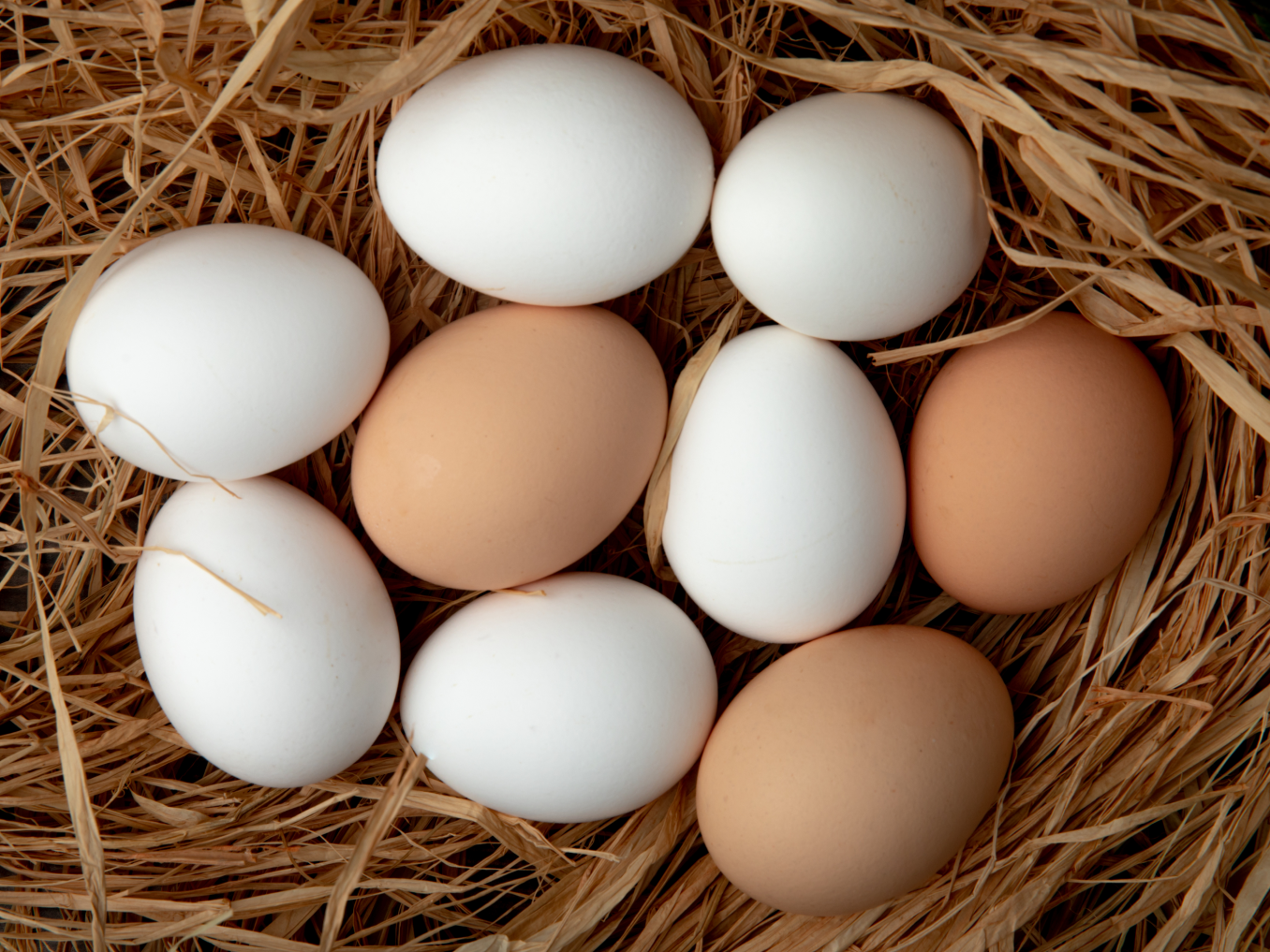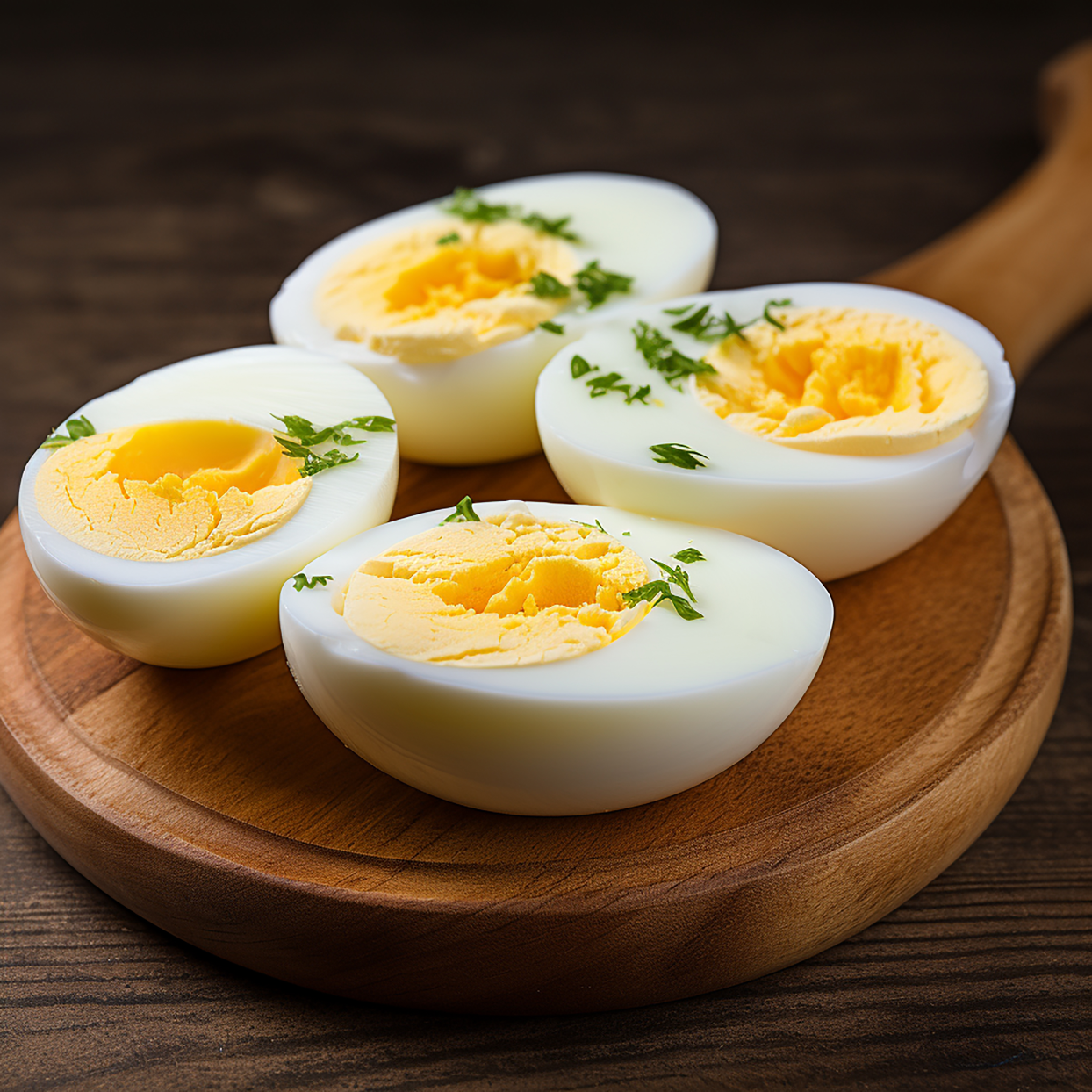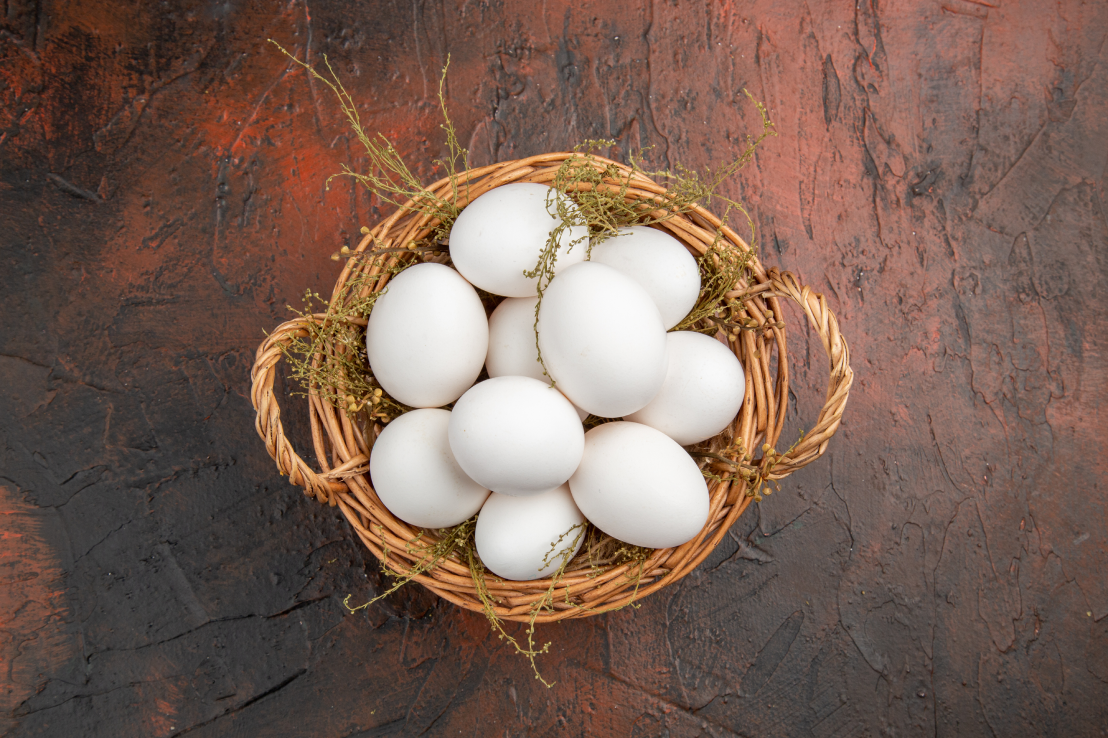Have you ever been stuck in the egg section, split between the familiar white cartons and the seemingly more expensive brown ones? The color of an egg can be a puzzling decision, sometimes cloaked in myths and prejudices. Let’s clear up any misconceptions and learn the truth about these two popular egg kinds.
Why do eggs vary in color?
While most of us are familiar with white and brown eggs, the bird world provides a wider range of colors, including blue, green, and even pink. The breed of the chicken is responsible for its vivid variety. Certain breeds are genetically inclined to produce eggs with certain shell colors. In addition, the hen’s nutrition and laying circumstances might have a subtle effect on the egg’s color.
Are Brown Eggs healthier than White?
Contrary to popular belief, the color of an eggshell has no bearing on its nutritional value. Both brown and white eggs are high in important proteins, vitamins, and minerals. The only variation is behind the shell, where the yolk and egg white are identical in both situations. So, the next time you go for an egg, consider freshness and manufacturing techniques rather than the shell color.
Which eggs are preferred to buy?
Ultimately, the decision between brown and white eggs comes down to personal preference. If you’re drawn to the looks of a brown egg carton, go for it! However, remember that color does not suggest higher quality or flavor.
When making your decision, consider the source of the egg, production procedures, and freshness. Whether you choose the traditional white or the rustic brown, you’re getting a flexible and healthy meal.
Conclusion
Let’s go beyond the visual differences and focus on what truly characterizes an egg: quality. The color of the shell, whether brown or white, does not affect the taste or nutritional content.






